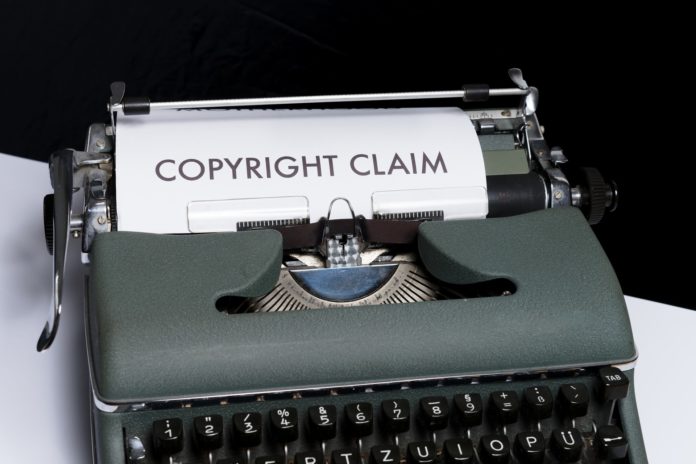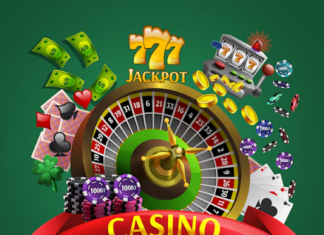Nobody may duplicate, copy or otherwise replicate the original work when a work is protected by copyright. Following Section 107 of the 1976 Copyright Act, fair use is given for such purposes as review, evaluation, coverage of news articles, borrowing, and analysis. Copyright Waiver Fair use is a use that may otherwise be prohibited by copyright law. The balance in favour of fair use is provided by nonprofits, educational, or personal use.
What is a Copyright disclaimer?
Where may I disclaim copyright?
How to receive a certificate of copyright
Why is copyright protection relevant?
Important things for Copyright
What is a Copyright disclaimer?
A disclaimer in respect of copyright preserves original work from piracy by consumers. It explains that you own your website and everything on it – as well as the legal implications for the unauthorized use of your work.
The original work is specified by the US Copyright Office in the form of copyrights provided by US legislation for “original writings”. The defence of copyrights extends automatically when a work is generated and is reproducible. Thus, a comprehensive disclaimer in copyright is not legally required but is a significant impediment to the infringement of copyright. It demonstrates that you know the law and are going to protect your point.
Where may I disclaim copyright?
In your terms and conditions under the intellectual property rights, the copyright claim for your company can be identified.
It is also important to inform users of your copyright once they have access to your site.
A good way to do that is by putting a copyright note in the footer of your pages. There should be three parts:
- The sign for copyright
- The Publishing Year
- The copyright holder’s name
In proving that users have been told of your copyright until they visit your site, if a dispute is appealed to the courts, you will have a stronger argument.
Using an authentication disclaimer to own and discourage consumers from profiting from original content on a commercial basis.
How to receive a certificate of copyright
The following procedure must be followed to obtain a copyright registration:
- A request (including all information and the declaration of facts) shall be submitted to the registrar in the FORM IV format alongside the required fees (as set out in Schedule 2 of the Act.). For separate works, a different submission must be made The following link can be used for this – http:/copyright.gov.in/frmFeeDetailsShow.aspx
- The candidate and a lawyer must sign each request for which a Vakalatnama or a POA has been implemented.
- It will then be appropriate to wait 30 days for any appeal to be received and the registrar will issue a Dairy No.
- In the absence of any objections, the screener checks the request if the discrepancy is noted and the registration is made and an extract is sent to the Copyright Registrar for entry.
- In case of receipt of some objection, the investigator sends the parties a letter on the opposition and gives both parties an audition.
- Following the hearing, the examiner may review the application and accept or deny the application as the case may be if the complaints are resolved.
Why is copyright protection relevant?
Legislators have accepted, since the times of the American Revolution, that preserving copyright is a strong safety net for creators. Because they realize that their work will not be stolen, people are more prepared to make works of art and share it with the public.
Therefore, the developers will be compensated for their work with this security intact. Anybody might come along, copy the work, and benefit from it without copyright.
Important things for Copyright
It is a formal document on a work’s copies and documents. It informs the public that it is officially the copyright owner of this work. It is very easy to compose, contrarily to other notices and disclaimers, because it doesn’t have much.
You need to have these 4 items to produce a valid copyright notice:
A mark
A symbol starts with a copyright notice, and some are available to you. The copyright mark is the most frequent:
The entire word “Copyright,” however, or the abbreviation “Copr,” can also be used.
A date
Either the year in which the work is created (if it is yet unpublished) or the year it was printed can be the year in which the work was listed. In either case, full protection of copyright applies. The year can also be given as numerical (e.g. ‘2018’) or as a Roman numeral (e.g., ‘MMXVIII’) type.
An Owner
The copyright owner’s name can differ. It may be the full name of the owner, an abbreviated version of the name of the owner recognized by the people, or an alternate name commonly known by the public (such as a pen name). It may also be a corporation, a corporation, or a business.
Specific rights claimed
You will find a declaration of rights at the end of a copyright notice. The rights can be requested in –
- ‘All Rights Reserved’ means that the owner of copyright asserts all of his copyright laws. If anyone wishes to copy part of this work, the copyright owner must first be contacted to have permission. This is the most widely used copyright statement.
- “Some Rights Reserved” means that the owner of the copyright holds some rights but can revoke certain rights. The rights vary between owner and owner.









